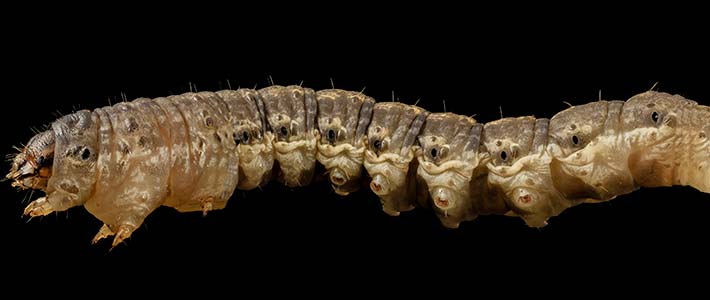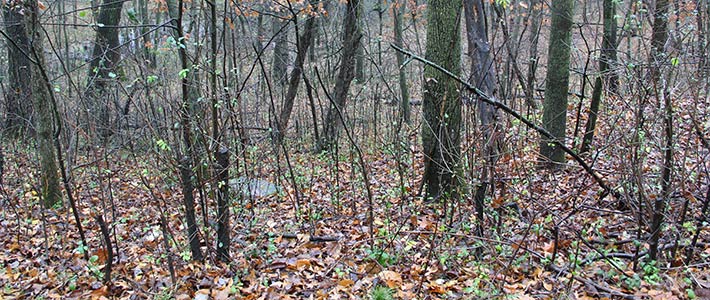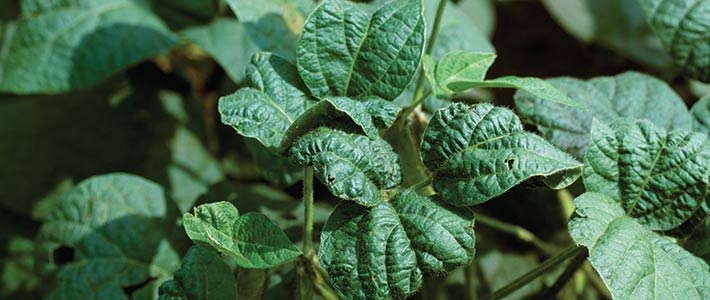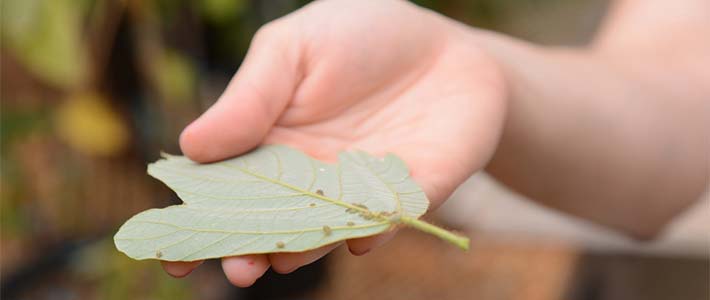
Minnesota lawmakers missed a deadline for completing their year’s work, and transitioned straight into a special session early Tuesday to complete work on a $46 billion, two-year budget.
May 26, 2017

We've previously discussed soil borne insects affecting soybeans. These insects have two characteristics. First, movement is limited, the seed is planted near the insects and the insects primarily are stand reducers. They also possess a “No-Rescue” status, meaning they must…
May 25, 2017
Minnesota lawmakers missed a deadline for completing their year’s work, and transitioned straight into a special session early Tuesday to complete work on a $46 billion, two-year budget.
May 23, 2017

4-H, the largest youth development program in the nation, is calling on all alumni to raise their hands to help bring 4-H to 10 million youth by 2025. Currently 4-H empowers nearly six million young people in every county across…
May 18, 2017

Soybean aphids has quickly become one of the most damaging pests of soybeans in the Great Lakes Region, negatively impacting soybean yields and quality. There are numerous options for managing soybean aphid, ranging from aphid resistant soybean varieties, insecticides and…
May 17, 2017

To say Jim Willers isn’t involved in the farm community would be a far cry from the truth. Willers has an outstanding track record when it comes to his involvement with farmer advocacy groups. In 1999, he became involved with…
May 12, 2017

The Environmental Protection Agency (EPA) has extended its comment period for the preliminary ecological risk assessment for the pyrethroid class of insecticides.
May 11, 2017


